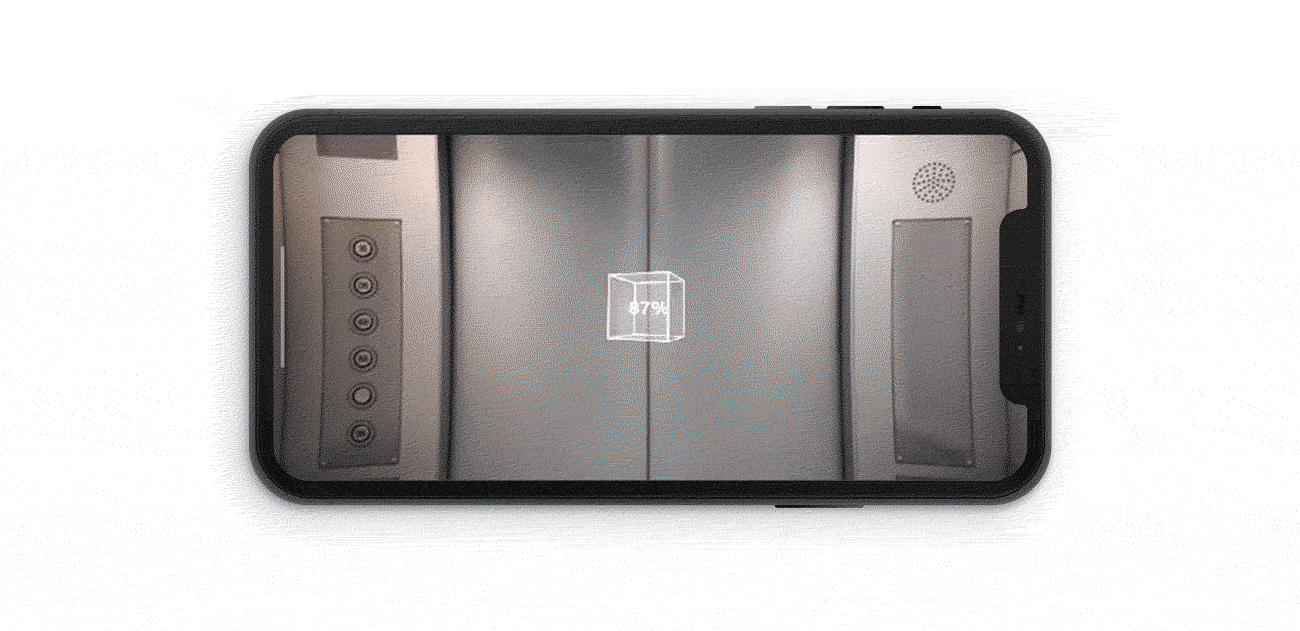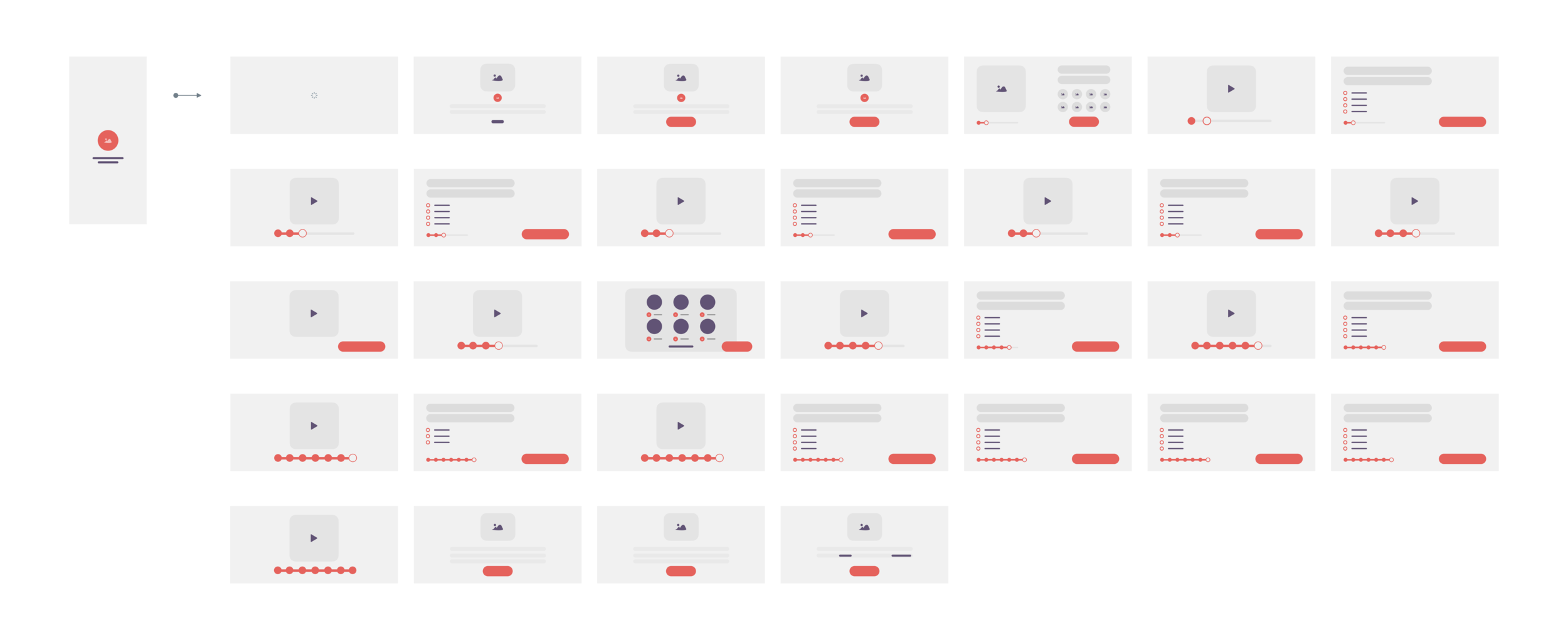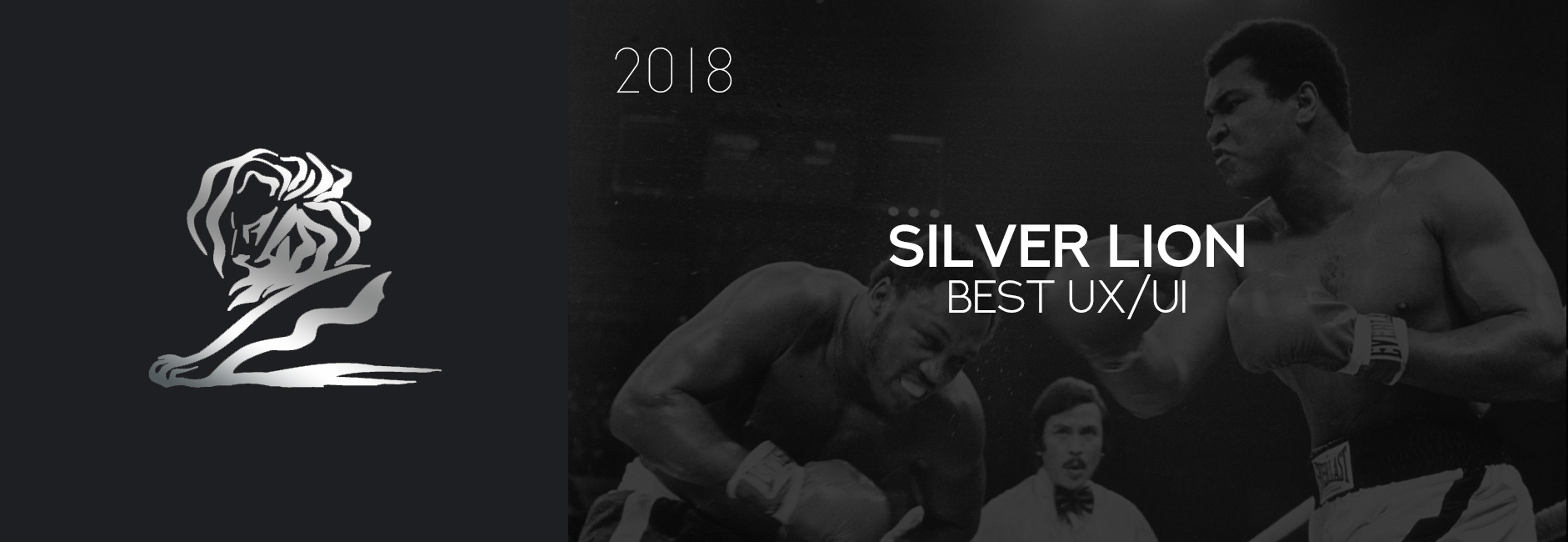THE MOST INTERESTING JOB INTERVIEW
Do you have what it takes to work in secret intelligence?
We gave ASIS a different job interview experience, but since working for ASIS is no ordinary job, this was no ordinary interview. Taking candidates on a mind-bending tour of a fictional assessment facility, each new environment featured a challenge based on actual ASIS recruitment criteria, testing a particular skill required for the role. Take the test
My role: UI/Visual designer
The concept is to gamify the job interview process. ASIS needed to get the word out and let Australia’s best and brightest know they’re hiring. It’s a virtual job interview designed to be an obstacle course for the most intelligent minds in the country. Taking place in a fictional ASIS recruitment facility, The Most Interesting Job Interview tests a candidate’s intellectual and emotional intelligence with a series of mind-bending challenges. From picking out a missing number from a sequence, pick out faces in a crowd to try and decipher information while three people are talking at the same time.
So while the interview might be a simulation, its outcome has real world implications, with top performing candidates receiving a unique code they can use to progress to an official ASIS application form.
The idea is to make this interactive and immersive so each game design elements are strategically planned, timed & designed in a way to enhance & motivate the user to the very end. A basic technology like the accelerometer, adds sense orientation, tilt angle and motion and this gives the user the ability to explore their surroundings as they go through a series of visual and aural exercises.
My process
In order to to create an enhanced experience for the users, I looked at the user flow created by the UXer so I can have a clearer view of the user's movement through this interview, including each and every step the user takes—from entry point right through to the final interaction.
With some of the elements already created, I wanted to thoroughly look at the iterations of the design & get all the feedbacks the client had given. Overall, the client felt there was a disconnect with what was visualised for the concept. They felt it was too futuristic and gamified.
Old vs New
I started deep diving into the elements already created and did some exploration with styles and inspirations. As great as gamifying the interview, I needed to find a balance between game world vs reality.
Before designing anything new, I wanted to address the clients feedback of the visuals feeling too futuristic & the gamification was overpowering the objective. What needed stripping back was a necessary first step. Tackling the elements that seemed too modern or have too much future characteristics, for example the current font. As I redesign & designed new UI elements I also made early mockup of the future screens to make sure everything compliments each other.
Once a bit of human/reality touch was added back in. Some subtle design changes with softening some of the elements like rounded-corners, simplifying lines, adding warmth/a bit of colour that’s pulled from the video can make a huge difference on how it’s perceived. It not only makes it more approachable, but adds that realistic side back into this piece. The headline typography was also revised as it needed a typeface that mirrors the characteristics of this project. I like how it makes a statement but when you put all the elements together, it’s not fighting against each other.
wireframe
A wireframe is a tool that helps designers visualize the basic structure of a future page, including the key elements and how they fit together.
Next, by keeping in mind the potential users, I started brainstorm ideas about the game/interview layout and its main features and created the initial layout.
Below are a few screens to show that balance by eliminating a few visual elements, it declutters the design. With the help of subtle animations, it helps accent and guide the eyes to what’s next.
During the development cycle, this underwent various types of testing. User acceptance testing, capacity testing and penetration testing. Actions were log populated and items were ticked off as it went.
The Results
In the first 48 hours, 200,000 Australians jumped on and gave it a go & test themselves out. The Most Interesting Job Interview generated more than 47.7 million dollars worth of earned PR, leading to record numbers of ASIS applications. For security reasons, the total number of agents recruited cannot be shared.











